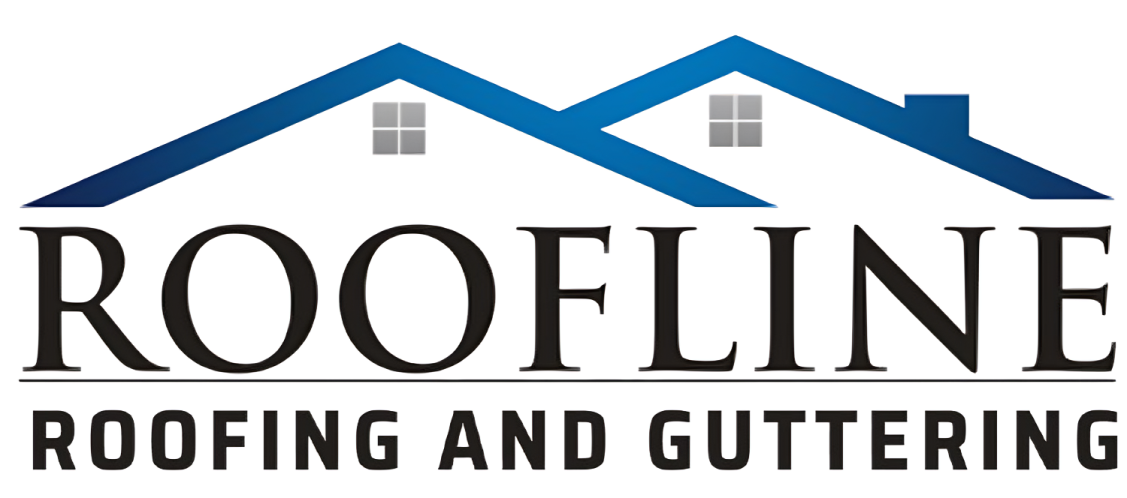Homeowners often assume that their insurance will cover any type of roof damage, but this is not always the case. Many policyholders are surprised to discover that their claim is rejected, leaving them with unexpected repair costs. To avoid this situation, it is important to understand what home insurance typically covers, what it does not, and how to protect yourself from large out-of-pocket expenses.
What Roof Damage Is Usually Covered by Insurance:
Most UK home insurance policies provide cover for unexpected and sudden damage to your roof. This usually includes:
- Storm damage caused by heavy winds, rain, snow, or falling branches.
- Fire damage that destroys or weakens the roof structure.
- Vandalism or accidental impact damage, such as from a vehicle collision.
In these cases, insurers often accept the claim, provided you can show evidence of the incident and the roof was in reasonable condition before the damage occurred.
Common Reasons Why Insurance Won’t Pay for Roof Damage:
Many claims are refused because the cause of the problem does not fall under “unforeseen events.” Below are the most common reasons why an insurer may reject a roof damage claim:
1. General Wear and Tear
Insurance policies do not cover roofs that have deteriorated over time. If the damage results from old age, loose tiles, or lack of upkeep, it will be classed as maintenance responsibility, not an insurable event.
2. Poor Roof Maintenance
If your roof has not been inspected or maintained regularly, insurers may argue that you failed in your duty of care as a homeowner. Missing flashing, blocked gutters, or cracked tiles can allow water ingress, which insurers will classify as neglect rather than damage caused by an insured risk.
3. Pre-Existing Damage
If the insurer discovers that damage existed before the policy was taken out, the claim will be refused. This is why surveys and condition reports are often requested when applying for cover.
4. Gradual Leaks and Damp
Insurance usually excludes damage caused by slow leaks or dampness that has built up over months or years. For example, if a small crack in the roof allows water to seep in gradually, insurers will see this as preventable with regular maintenance.
5. Unapproved Roof Alterations
If structural changes or installations such as skylights, solar panels, or extensions were fitted without proper approval or professional work, insurers may decline claims related to that part of the roof.
How to Avoid Insurance Claim Rejections:
Although not all roof damage is insurable, homeowners can take practical steps to reduce the chance of rejected claims:
- Schedule regular roof inspections – At least once a year, preferably in spring or autumn, to catch problems early.
- Keep records of maintenance – Photographs, invoices, and reports from roofers help prove that the roof was looked after.
- Act quickly after storms – Report visible damage immediately to prevent insurers from saying you delayed repairs.
- Use qualified roofing contractors – Professional work ensures your roof meets required standards and prevents disputes with insurers.
What to Do If Your Roof Insurance Claim Is Refused:
A rejected claim does not always mean the end of the matter. Homeowners can:
- Ask for a clear explanation – Insurers must state why a claim was declined.
- Review the policy wording – Some exclusions may be open to interpretation.
- Provide extra evidence – Inspection reports from a professional roofer can strengthen your case.
- Escalate to the Financial Ombudsman Service – If you believe the refusal was unfair, you can make a formal complaint.
The Importance of Regular Roof Maintenance:
Even though not all roof problems are covered by insurance, keeping your roof in good condition remains essential. Regular maintenance not only prolongs the life of your roof but also supports future insurance claims. A well-documented history of inspections and repairs makes it harder for insurers to argue neglect.
Final Thoughts on Insurance and Roof Damage:
Insurance is designed to cover sudden and unforeseen damage, not gradual wear or poor upkeep. Many homeowners in the UK are caught off guard when insurers refuse roof damage claims because of maintenance issues. By investing in regular inspections, addressing small repairs promptly, and keeping good records, you can reduce the risk of claim rejection and protect your home from unexpected costs.
